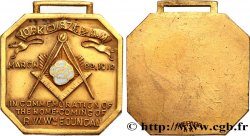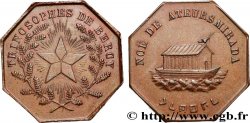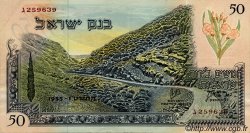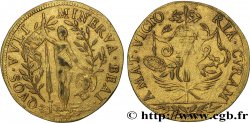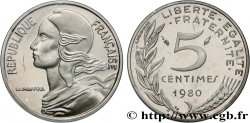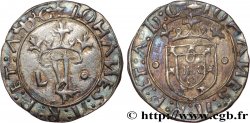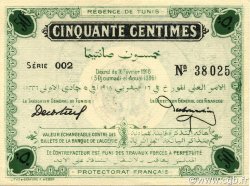fjt_514203 - FREEMASONRY CONFRÉRIE PARISIENNE n.d.
Not available.
Item sold on our e-shop (2024)
Price : 120.00 €
Item sold on our e-shop (2024)
Price : 120.00 €
Type : CONFRÉRIE PARISIENNE
Date: n.d.
Metal : red copper
Diameter : 27,5 mm
Orientation dies : 6 h.
Weight : 8,58 g.
Edge : lisse
Rarity : R1
Predigree :
Exemplaire provenant de la Collection JCT
Obverse
Obverse legend : MRE PIERRE DE BAISSIERE SEIGR DE STE SAIGNEL.
Obverse description : Armes de Pierre de Baissière.
Reverse
Reverse legend : FIXA DEO VN TRIN VITA VOLVNTAS NOEN & OEMEV SPES.
Reverse description : Triangle sur une croix chargée du nom de Jésus et de B. R.
Reverse translation : Sa vie, sa volonté, son nom et son espérance sont attachées à Dieu, Un et Trinitaire.
Commentary
Devise religieuse et emblème bizarre. Peut-être jeton franc-maçon ? La Maçonnerie à son origine se cachait sous des formes religieuses. Ce fut seulement en 1725 que la première loge fut établie par Lord Bervent-Water et le chevalier Malkeline, mais dès 1675 des Frères et amis se réunissaient déjà en France comme à l'étranger. Il ne s’agit probablement pas de jetons franc-maçonnique mais le fait de maintenir ces jetons dans ce catalogue permet de comprendre l’aboutissement vers la franc-maçonnerie. En effet, cela illustre le fait que le désir et ou la nécessité d’appartenir à confrérie, association ou corporation était bien antérieur au développement de la franc-maçonnerie, notamment en région parisienne. De là à trouver les racines de la franc-maçonnerie dans ces confréries nécessiterait une étude plus approfondie.







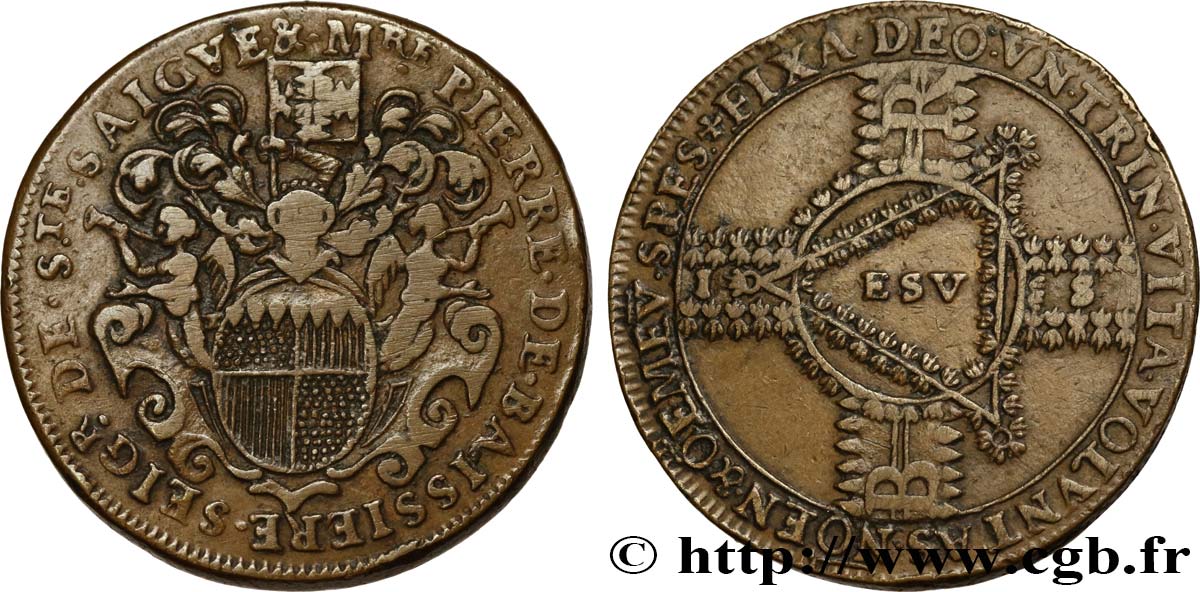
 Report a mistake
Report a mistake Print the page
Print the page Share my selection
Share my selection Ask a question
Ask a question Consign / sell
Consign / sell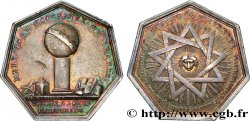
 Full data
Full data

